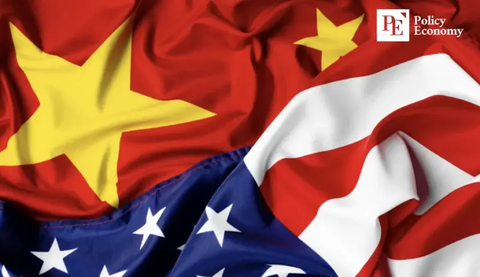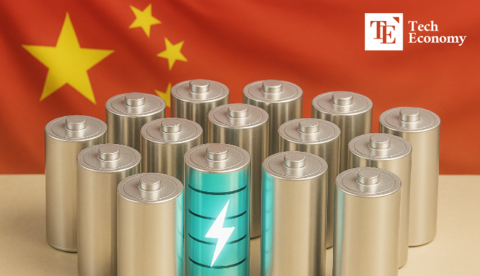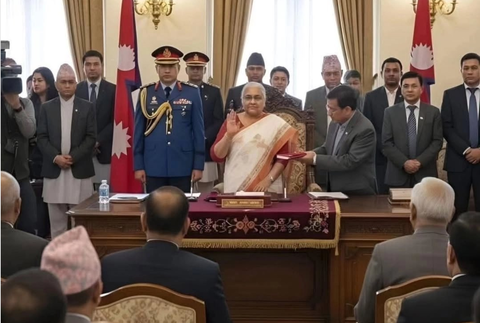US Resumes Military Aid as Ukraine Proposes Ceasefire: A Shift in the War with Russia
Input
Modified
Ukraine’s Offer for a 30-Day Ceasefire: A Tactical Pause or a Path to Peace? The US’s Renewed Military Support: A Game Changer for Ukraine Russia’s Reluctance: Why Putin Rejects the Ceasefire Proposal
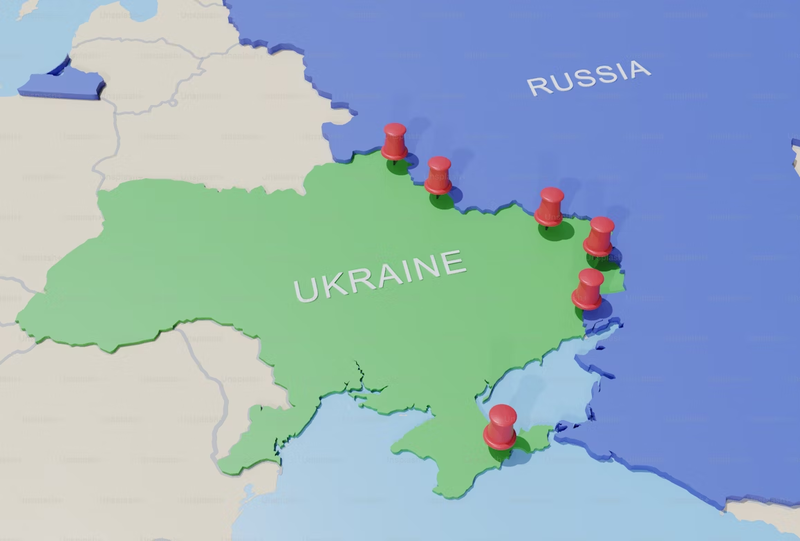
Ukraine’s Offer for a 30-Day Ceasefire: A Tactical Pause or a Path to Peace?
In a significant development in the ongoing war in Ukraine, the United States has resumed military aid and intelligence sharing with Ukraine. This move comes at a critical juncture in the conflict, as Ukrainian forces have been struggling to maintain their positions against the Russian invasion. The resumption of US support is seen as a turning point, with Ukraine now open to a 30-day ceasefire deal with Russia, a proposal which could lead to a temporary reduction in hostilities.
The shift in Ukraine’s stance—accepting the possibility of a ceasefire—is in part a response to mounting pressures and the need for a breather to regroup. The Ukrainian government, which has received unwavering support from the West since the start of the war, now finds itself in a vulnerable position. The military and intelligence assistance from the US has been a lifeline, and without it, Ukraine’s ability to continue resisting Russia’s aggression would have been greatly diminished.
With the United States now ramping up its support once again, it seems likely that Russia will be forced to reconsider its stance on a temporary ceasefire. This article explores the current state of the conflict, the shifting dynamics between the United States, Ukraine, and Russia, and what the potential ceasefire might mean for the future of the war.
On the surface, Ukraine’s willingness to entertain a 30-day ceasefire may appear to be a desperate attempt to secure some relief amidst its struggles on the battlefield. The war has been grinding on for months, with heavy casualties on both sides and widespread destruction. Ukrainian President Volodymyr Zelenskyy has previously been adamant about fighting until victory, but the toll of prolonged conflict appears to have altered the government's position. Ukraine is now open to a ceasefire proposal, which would provide a brief respite for its military forces to regroup, recover, and potentially explore diplomatic negotiations.
While the idea of a ceasefire may seem like a strategic pause for Ukraine to rest its forces, it is also an opportunity for diplomatic engagement. US Senator Marco Rubio, who has been a vocal advocate for Ukrainian sovereignty and military aid, recently announced that Ukraine is ready to accept the terms of a temporary ceasefire with Russia, as proposed by the US. This initiative is intended to give both sides a chance to cool down, limit casualties, and possibly open a pathway toward peace talks. However, the idea of a ceasefire has been met with skepticism, particularly on the Russian side.

The US’s Renewed Military Support: A Game Changer for Ukraine
The role of the United States in the Ukraine conflict cannot be overstated. Since the beginning of Russia’s invasion, the US has been one of the primary sources of military support for Ukraine. This support has ranged from advanced weaponry and ammunition to satellite intelligence and logistical assistance. The Ukrainian military has relied heavily on the US and NATO for supplies and intelligence to counter Russia’s military advances.
However, over the past few months, the US has had to reassess its involvement, particularly as Ukraine has faced increasing difficulties on the ground. In the absence of continued robust military aid, Ukraine’s forces have struggled to maintain their defensive lines. With Russian forces making significant territorial gains, it became clear that Ukraine could not afford to fight the war alone.
The United States, recognizing the strategic importance of supporting Ukraine in its defense against Russian aggression, has now resumed its military and intelligence support. This renewed aid is expected to have a significant impact on the conflict, as it provides Ukraine with the resources it needs to fend off Russian advances and maintain its sovereignty.
As Ukraine contemplates a ceasefire, Russia has not slowed its offensive. In fact, Russia’s military continues to press its advantage, seeking to capture as much territory as possible before any ceasefire is formally agreed upon. The Russian forces have been relentless in their attempts to overwhelm Ukrainian positions, and recent reports show that Russia’s military has shot down over 300 Ukrainian drones in a single attack—the largest such offensive in three years. This indicates that Russia is determined to make as much progress as it can before the possibility of negotiations or a ceasefire comes into play.
While Russia’s military has been active on the ground, President Vladimir Putin has largely dismissed the idea of a temporary ceasefire, declaring it “unacceptable.” The Russian Ministry of Foreign Affairs has made it clear that any ceasefire would be difficult to accept unless it comes with clear and significant concessions from Ukraine, including the recognition of Russian territorial gains. Russia’s refusal to entertain a ceasefire at this stage suggests that Moscow’s ambitions in Ukraine are not limited to the military battlefield but also extend to political and territorial gains.
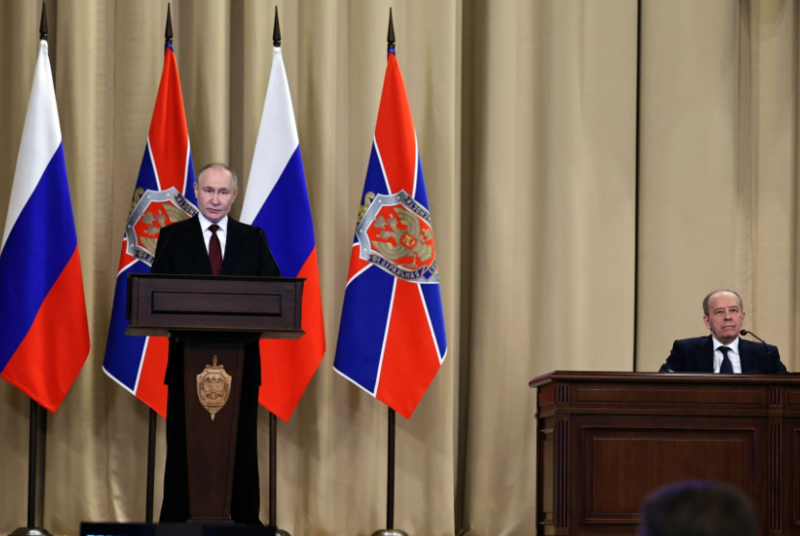
Russia’s Reluctance: Why Putin Rejects the Ceasefire Proposal
Despite the US’s involvement and Ukraine’s willingness to agree to a temporary ceasefire, Russia has shown little interest in halting its military operations. Russian officials, including spokespersons from the Ministry of Foreign Affairs, have vehemently rejected the idea of a ceasefire, calling it an unrealistic demand and one that undermines Russia’s objectives. This refusal stems in part from Russia’s belief that it is in a strong position to continue its military campaign. After months of territorial advances, Russia sees little reason to pause its operations, especially when it perceives that it is on the verge of achieving its goals. The Russian government’s stance on a ceasefire is in direct opposition to the US-led initiative, which aims to provide both sides with an opportunity to de-escalate and possibly negotiate a permanent end to hostilities. However, with Russia still pushing for further territorial gains and Ukraine committed to defending its sovereignty, it seems unlikely that a ceasefire will materialize unless both sides are forced to reconsider their positions.
Despite the current denial of any ceasefire deal, the question remains whether President Putin will eventually soften his position. Russia’s military advances are far from guaranteed, and a prolonged conflict could become increasingly costly for Moscow. With the US resuming its support for Ukraine, the balance of power on the battlefield could shift in Ukraine’s favor. If this happens, Putin may find it increasingly difficult to justify continuing the war without seeking some form of compromise.
The international community will be watching closely to see whether Russia’s hardline stance on the ceasefire holds or whether Putin will eventually be forced to reconsider. The dynamics of the conflict are fluid, and as the situation evolves, there may be new opportunities for diplomacy, ceasefire agreements, or even peace talks.
While the situation in Ukraine remains dire, there is a glimmer of hope in the form of the proposed ceasefire. Ukraine’s willingness to accept a temporary halt to hostilities reflects a pragmatic approach to the realities on the ground. With the US resuming military support, Ukraine may have the breathing room it needs to recover, reorganize, and prepare for the next phase of the war.
However, Russia’s refusal to accept a ceasefire presents a major obstacle to peace. The coming days and weeks will be critical in determining whether a temporary cessation of hostilities is possible or whether the conflict will continue to escalate. What remains clear is that both sides are entrenched in their positions, and the road to peace will be long and uncertain.
As the world watches, the potential for a ceasefire could represent a pivotal moment in the war, offering hope for a reduction in violence and the possibility of negotiations. The US’s role in supporting Ukraine will continue to be a major factor in the course of this conflict, and the outcome of the current discussions could ultimately shape the future of Ukraine, Russia, and the broader region.



